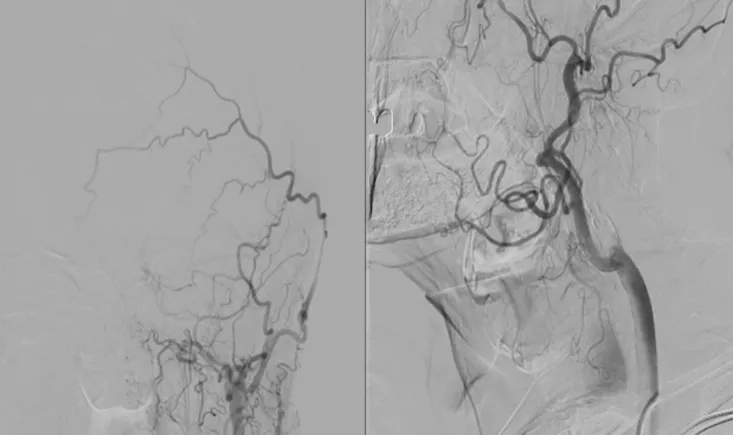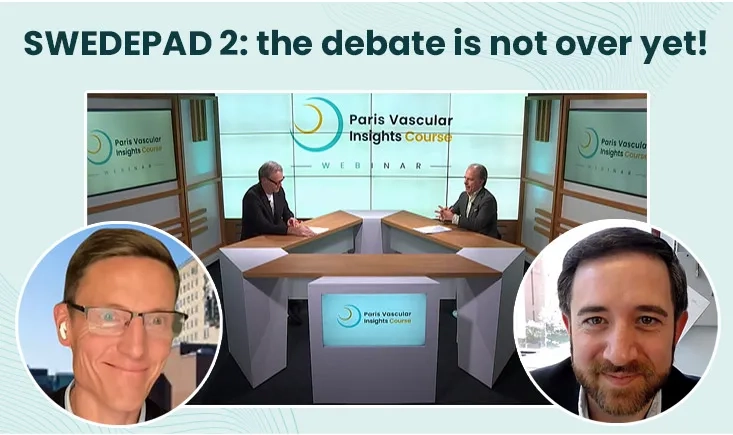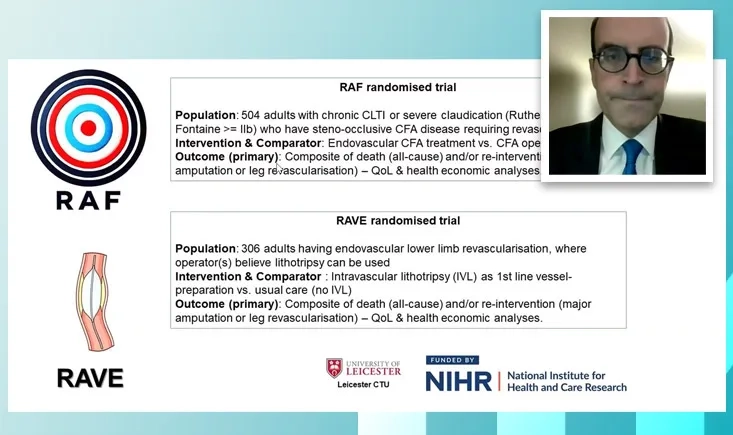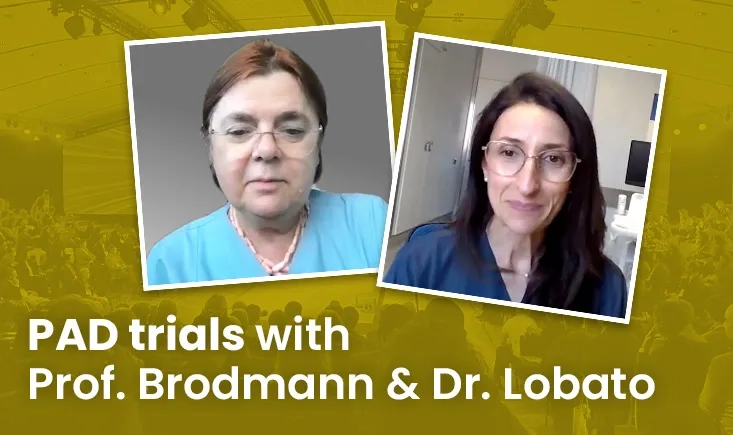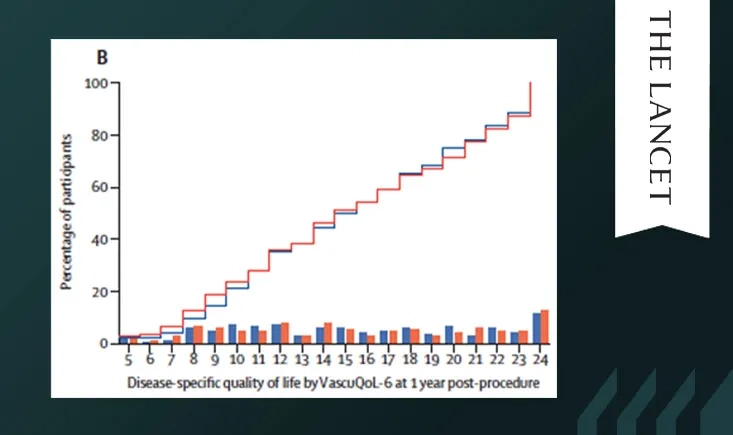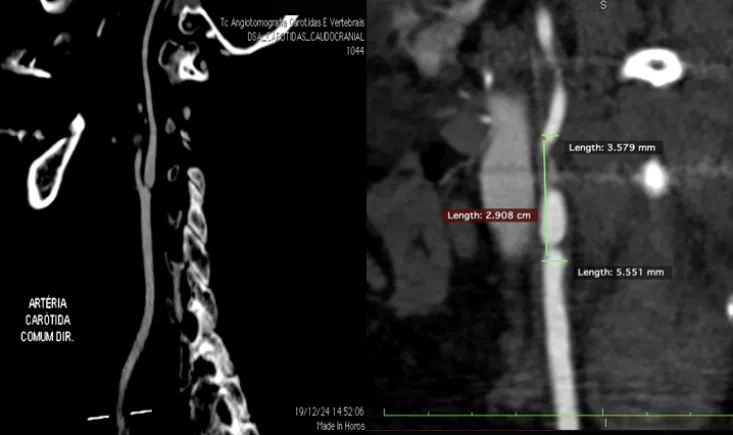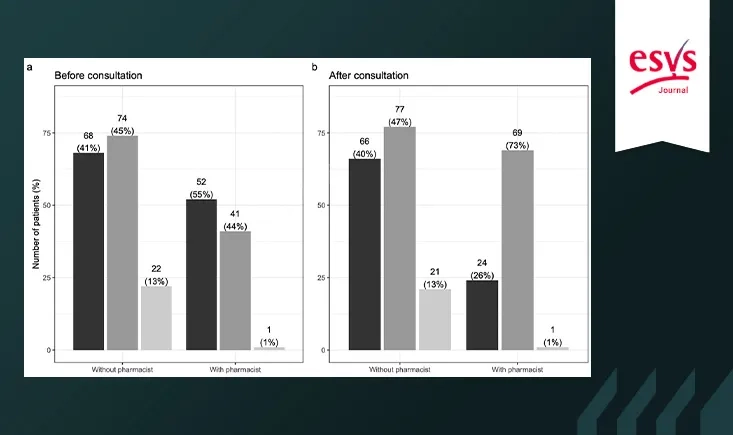Cases and resources in vascular techniques
This section provides a selection of cases and resources provided by experts in vascular techniques.
An 84-year-old man with prior TAVI presented with TIA symptoms. Imaging revealed left ICA occlusion and subocclusive right ICA stenosis, posing a high-risk management challenge.
Prof. Kak Khee Yeung and Dr. Juliette Raffort-Lareyre discuss how artificial intelligence could enhance image interpretation, guide pre-surgical planning and patient follow-up, and help develop predictive models. They also highlight the importance of international collaboration and patient data protection to advance AI in vascular medicine.
Missed the live webinar or want to revisit it? Watch the first PVI webinar replay, where experts discuss the SWEDEPAD 2 trial’s design, patient-reported outcomes for claudication, surrogate versus clinical endpoints, lesion types, class effects for DES/DCB, and implications for practice, recommendations, and future studies.
Get a preview of two major UK randomised controlled trials, RAVE and RAF, set to launch between early and mid-2026. Prof. Athanasios Saratzis outlines these crucial studies: RAVE focuses on comparing IVL with other techniques for challenging calcified arteries, while RAF addresses common femoral artery (CFA) disease by comparing open surgery to modern endovascular approaches. Discover how these trials are expected to redefine future PAD management.
Chronic limb-threatening ischemia (CLTI) carries high risks of amputation and mortality. Beyond clinical factors, socioeconomic disparities can strongly influence outcomes by affecting access to care, timing of interventions, and follow-up: an issue amplified during the COVID-19 pandemic. This study examines how regional socioeconomic status impacts post-revascularisation outcomes, highlighting key public health implications.
Prof. Marianne Brodmann joins Dr. Marta Lobato to explore the latest updates from the PAD chapter of the PVI Trials Book 2025. The discussion covers key studies on drug-eluting technologies, scaffolding, and ongoing innovations shaping real-life vascular practice. Prof. Brodmann also comments on the much-anticipated SIRONA trial, not yet included in this year’s edition, and shares her perspective on how upcoming data could influence future PAD treatment strategies.
Intermittent claudication significantly affects quality of life, but the benefits of endovascular treatment remain uncertain. While paclitaxel-coated devices reduce restenosis, safety concerns emerged after a 2018 meta-analysis suggested higher long-term mortality. The SWEDEPAD 2 trial compared coated and uncoated devices to evaluate safety and patient-centred outcomes in infrainguinal revascularisation.
Carotid stenosis without visible atheromatous plaque raises diagnostic and therapeutic challenges, especially in patients with complex medical backgrounds. This case presents an uncommon scenario of subocclusive carotid stenosis in a woman with a history of breast cancer and prior radiotherapy, inviting reflection on the potential role of radiation-induced vascular injury.
Prof. Peter Schneider and Dr. Fabien Lareyre explore the carotid chapter of the 2025 PVI Trials Book, highlighting key trials on symptomatic and asymptomatic disease, emerging topics such as cryptogenic stroke, and the potential impact of AI in imaging and plaque analysis. They discuss pivotal studies including ACST-2, a dementia-focused analysis, and the upcoming CREST-2 trial, showing why the Trials Book remains an essential reference for vascular specialists.
Pharmacist-led review improves best medical treatment (BMT) in patients with vascular disease. In 258 patients, it increased high-intensity statin prescribing and, among smokers, boosted nicotine replacement therapy and cessation service referrals. Antiplatelet therapy was unchanged. These interventions may enhance BMT adherence, reduce costs, and free specialist time, addressing persistent underprescription despite guideline recommendations.
